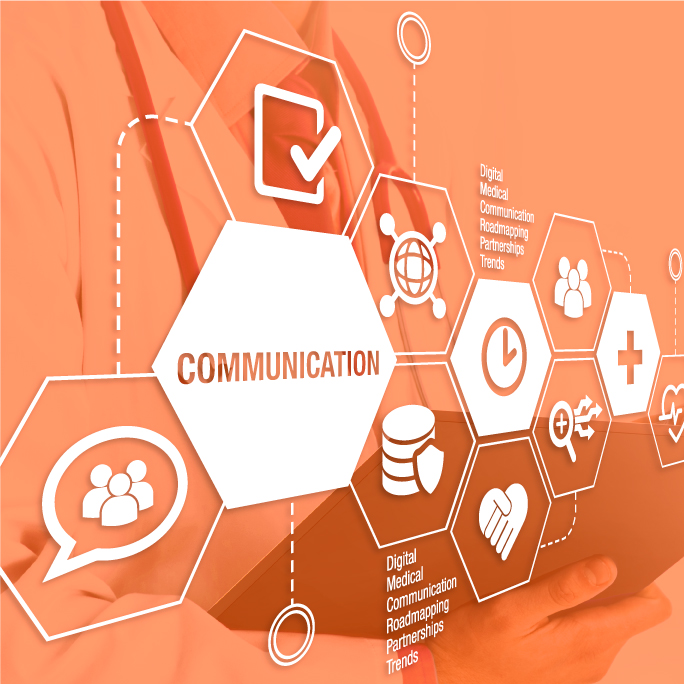
Digital Health communication technologies and considerations for medical devices
As a medical device design and development service provider, we help entrepreneurs and innovators make technology decisions for diagnostic, therapeutic, and rehabilitative applications. Increasingly medical devices include Digital Health communication technologies.
StarFish engineers Sal Sanci, Dean Addison, Mike Sanders and Nigel Syrotuck explore the pros and cons of popular Digital Health communication technologies over a series of blogs on the subject. This blog focuses on Digital Health communication considerations for medical devices.
Rule number one: Understand the information needs:
Digital health is different than previous medical device connectivity because it’s ubiquitous and used all the time. For chronic care information is provided throughout your daily life. If you’re in the hospital, Digital Health is in your electronically controlled bed and available for longer durations after your stay. That’s an important consideration for wireless or cellular connectivity.
Keep patients engaged, give doctors and patients value
It starts with “What are the information latency requirements?” For monitoring without a real-time requirement, you can make some choices, whereas with a real-time requirement –for example in monitoring a patient’s heartbeat – you need to be always connected. If you are just collecting information, that changes the game materially. If looking for heart rate variability over 24 hours and not examining the data or taking any action until days afterwards, it’s significantly more flexible.
The nut of the question then becomes: “How do you pick technology for your device?” And then it becomes a loop. First you go “Wow, Bluetooth would allow me to collect a lot more information for my medical device.” Now what would I do with that? I could provide a summary to the doctors instead of giving a real-time reading to the patient.
Putting an innovative device that measures heart rate variability over the hospital network (which puts people’s lives at risk if it goes down), you can see why the hospital’s IT team has stringent protocols for adding a foreign device. However, if you don’t need real-time data, you can collect data, store it, and make it available as required. This twostep process means you only need to be connected when making the data available. This protects the device from failure or loss of the network, and it reduces the exposure of the network to the device.
For the doctor the new opportunity is: What’s happened in the last three months that I can digest in a few seconds, then give the patient something that shows a trend they care about. Perhaps their distinct variability cycles for their heart rate? Then you look at where you will store the information, and what the needs are for volumes and reliability.
Another way to look at it is “Who is getting the value? The inventor/entrepreneur, the patient, or the doctor?” Step 1 for the inventor/entrepreneur is: “What value can I get out of it?” That value can come from anybody who is selling anything. If I am already selling something, can I extract more value out of it beyond the initial sale?
For example, the number one issue for therapy is underwhelming patient compliance. With Digital Health connectivity I can see exactly what the patient is doing and perhaps add feedback. Fundamental to compliance is habit formation. How can improved communication enable habits? If habit formation is pivotal to your therapy, then everything else should drive habit forming. Except that although it’s important, it may not be everything in terms of using new opportunities to extract value. For example, continuous data may show a usage pattern that wasn’t previously identified– like non-usage of the device during wet weather. That discovery can open up opportunities for a device manufacturer.
Astero StarFish is the attributed author of StarFish Medical team blogs. We value teamwork and collaborate on all of our medical device development projects.
Images: StarFish Medical
